Clean energy wave from Vietnamese fields
In the context of climate change and rapidly increasing energy demand, finding a sustainable development model is an urgent requirement. The agricultural solar power model, also known as agrivoltaics, is considered a breakthrough solution, combining two goals: producing renewable energy and cultivating agriculture on the same land area.
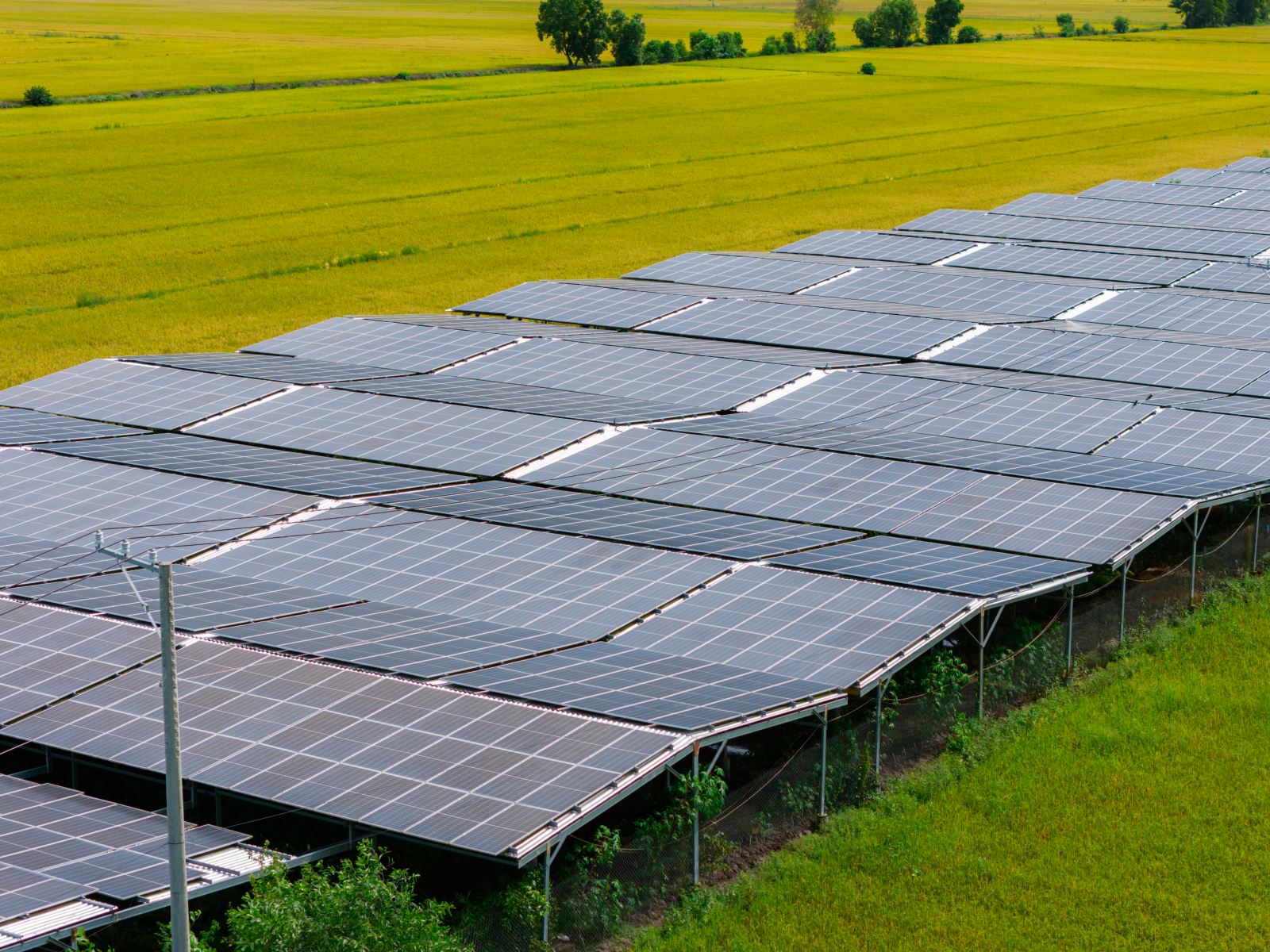
According to a report by Newstrail (2025), the global agricultural solar market reached 5 billion USD in 2023 and is expected to increase to 21 billion USD by 2032, with an average growth rate of more than 16%/year. This boom reflects an inevitable trend as arable land is increasingly shrinking, while the demand for clean energy and food security is increasing.
Countries such as Japan, Germany, and South Korea have issued integrated policies, allowing the installation of solar panels on agricultural land but must ensure coverage rates, while supporting carbon credits, techniques, and risk insurance for farmers.
In Vietnam, on September 9, 2025, the Ministry of Agriculture and Environment coordinated with the German Development Cooperation Organization (GIZ) to launch the project "Agricultural cultivation combined with solar power for rural areas in Vietnam". The project aims to deploy at least 10 pilot models in the period 2025 - 2027, focusing on the South Central Coast, Central Highlands and Mekong Delta, the regions with the highest solar radiation in the country.
According to the Institute of Agricultural Economics and Institutions (AMI), pilot models have shown positive results, with ambient temperatures decreasing by 6-7°C under the solar roof when growing mushrooms and 1-3°C in livestock farming; livestock reduce heat stress, increase productivity and save on feed costs. In Khanh Hoa, the "happy chicken" model increases profits by 20-30% compared to conventional farming methods. In Dak Lak, mushroom productivity increases by 15-20% thanks to stable microclimate. In An Giang, the model of raising tra fish combined with agricultural solar power with a capacity of 1 MWp helps the farm earn an additional revenue of more than 2 billion VND/year from selling electricity without affecting fish farming activities.
These results show that agricultural solar power is not only an energy model, but also a solution to adapt to climate change and increase production value. Solar panel systems help reduce direct radiation, limit water evaporation, and keep soil moist - a factor that is especially important in arid regions such as Ninh Thuan, Binh Thuan or the Central Highlands.
From challenges to sustainable development prospects
The agricultural solar power model is considered to be highly economically efficient as it can “double profits”, both from energy and from agricultural production. According to the AMI Institute, a 1 MWp system can bring in over 2 billion VND per year from solar power, while agricultural activities below bring in an additional 1-3 billion VND/ha/year, depending on the type of production.
Not only increasing income, farms also benefit from reduced electricity costs, stabilizing production in off-grid areas and creating jobs for local workers, especially female workers.
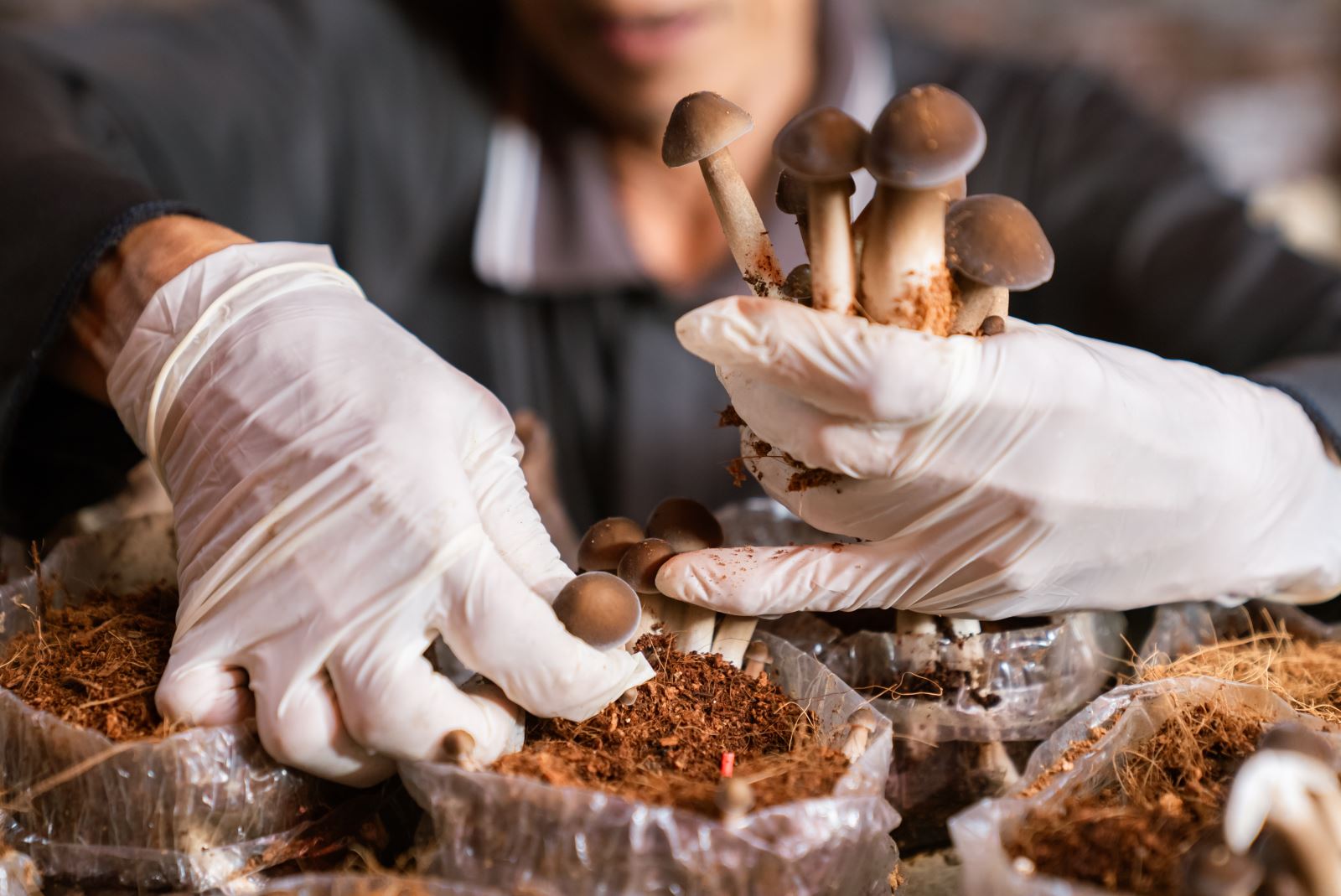
However, for this model to truly develop, many barriers still need to be removed. The high initial investment cost, estimated at about 10 - 12 billion VND for 1 MWp, makes it difficult for farmers and cooperatives to access capital. In addition, the legal framework for multi-purpose agricultural land is still unclear, making investors hesitant. Decree 135/2024/ND-CP only allows a maximum of 20% of electricity output to be sold to the grid, so most current models are still at the self-production - self-consumption scale.
However, experts say that if there are appropriate policies, agricultural solar power can absolutely become a pillar of the new green countryside. First of all, it is necessary to perfect the green credit mechanism, helping people and cooperatives easily borrow preferential loans to invest in solar power systems. Policy banks or environmental funds can participate in supporting interest rates, similar to what some European countries are doing.
At the same time, Vietnam needs to build a scientific foundation for suitable crops and livestock under solar panels. The survey results of the AMI Institute show that models such as mushroom cultivation, eel farming, "happy" chicken farming or ginseng cultivation are all highly effective thanks to their shade-loving characteristics and stable temperature requirements.
At Ta Danh Cooperative (An Giang), the model of growing mushrooms combined with solar power helps reduce energy costs by 30% and increase mushroom productivity by 40%, bringing in revenue of about 1.5 billion VND/year from selling electricity. This is considered a typical example of circular agriculture, making the most of resources and reducing emissions.
Another important factor is the connection between energy investors and agricultural production units. If there is a clear cooperation mechanism, both sides can share benefits, investors take advantage of agricultural land to develop energy, and farmers have a stable source of income. Accordingly, the AMI Institute proposed to form an online platform to connect solar power enterprises with cooperatives, thereby opening up forms of cooperation such as infrastructure leasing, revenue sharing or carbon certification development.
According to the Power Plan VIII (Decision 500/QD-TTg, 2023), by 2050, the proportion of solar power in Vietnam's total power source is expected to reach over 33%, in which on-site production and consumption models in rural areas are encouraged. With advantages in radiation, land fund and large-scale agricultural infrastructure, Vietnam has the opportunity to become a pioneer in the region in the dual "electricity - agriculture" model. If invested synchronously and managed transparently, agricultural solar power will not only contribute to carbon neutrality by 2050 but also open up a new direction for a green, smart and sustainable rural economy.
Source: https://baotintuc.vn/khoa-hoc-cong-nghe/dien-mat-troi-nong-nghiep-giai-phap-cho-nang-luong-sach-va-sinh-ke-ben-vung-20251008162229307.htm



![[Photo] Nhan Dan Newspaper launches “Fatherland in the Heart: The Concert Film”](https://vphoto.vietnam.vn/thumb/1200x675/vietnam/resource/IMAGE/2025/10/16/1760622132545_thiet-ke-chua-co-ten-36-png.webp)


![[Photo] General Secretary To Lam attends the 18th Hanoi Party Congress, term 2025-2030](https://vphoto.vietnam.vn/thumb/1200x675/vietnam/resource/IMAGE/2025/10/16/1760581023342_cover-0367-jpg.webp)



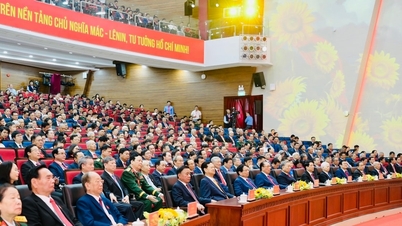

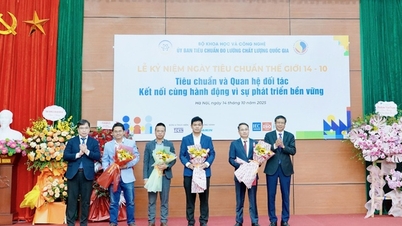

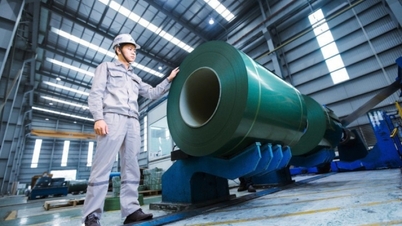

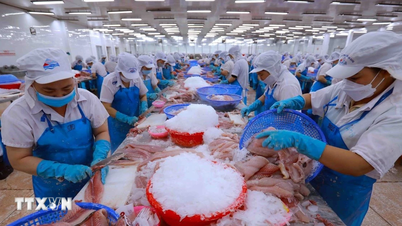

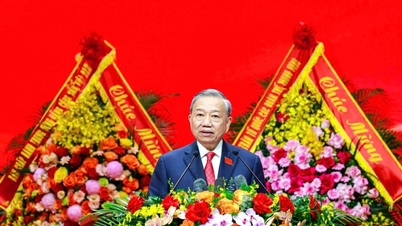
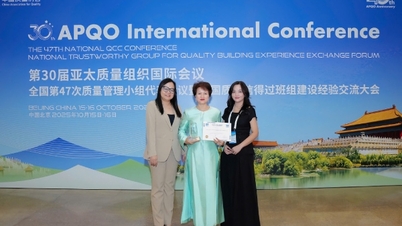

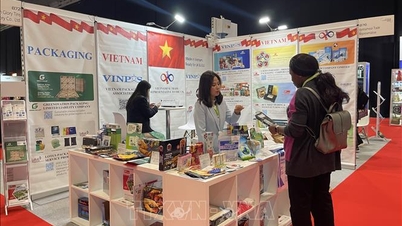
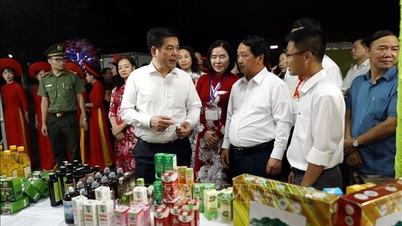
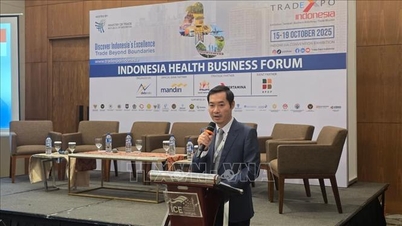


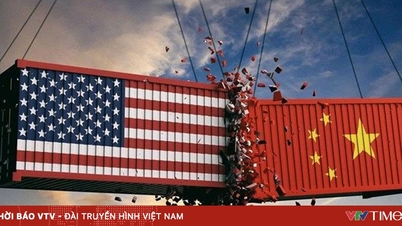





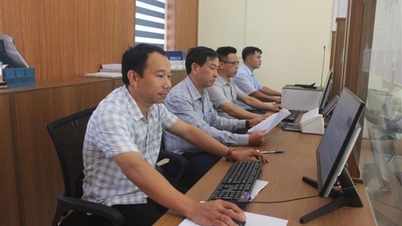

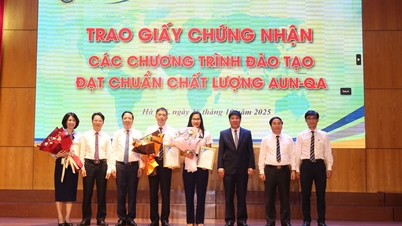
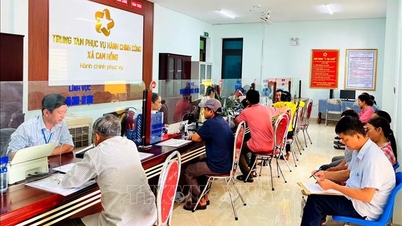

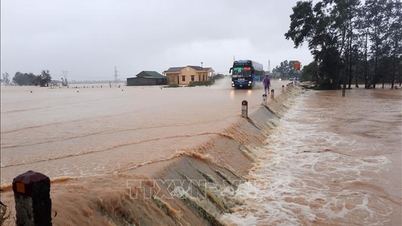
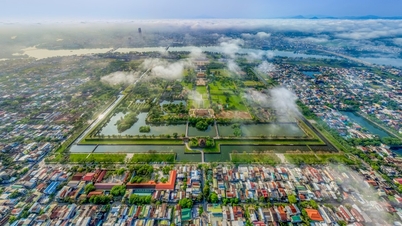







![[Video] TripAdvisor honors many famous attractions of Ninh Binh](https://vphoto.vietnam.vn/thumb/402x226/vietnam/resource/IMAGE/2025/10/16/1760574721908_vinh-danh-ninh-binh-7368-jpg.webp)


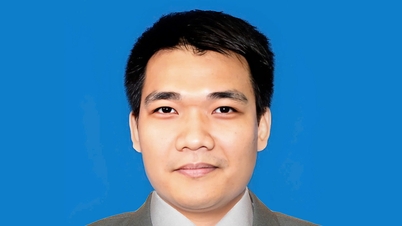

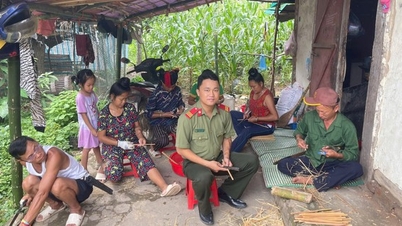
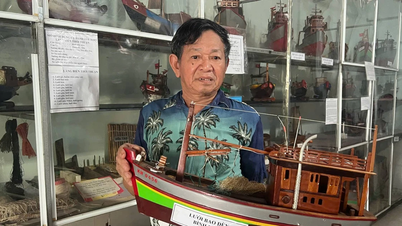




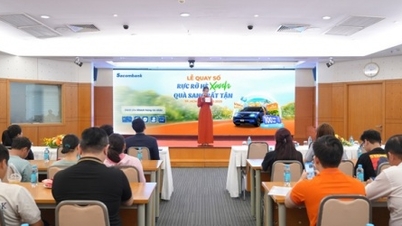






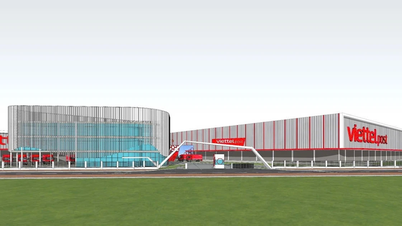
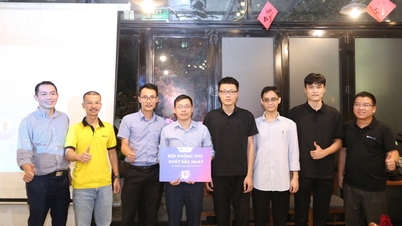







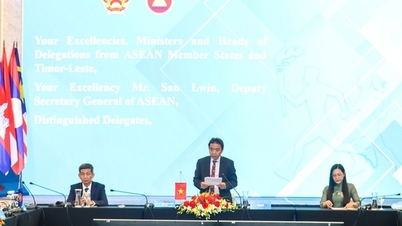

![[Photo] Nhan Dan Newspaper launches “Fatherland in the Heart: The Concert Film”](https://vphoto.vietnam.vn/thumb/402x226/vietnam/resource/IMAGE/2025/10/16/1760622132545_thiet-ke-chua-co-ten-36-png.webp)

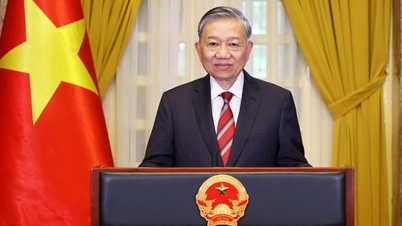




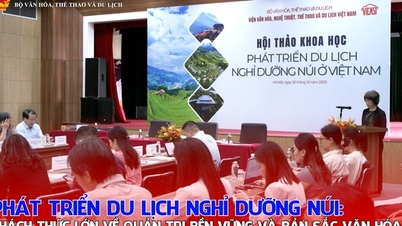
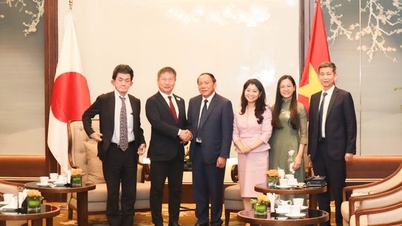


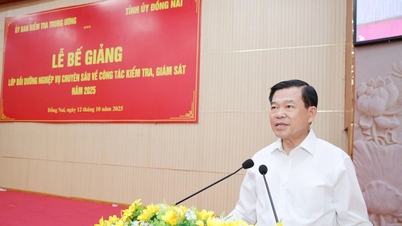



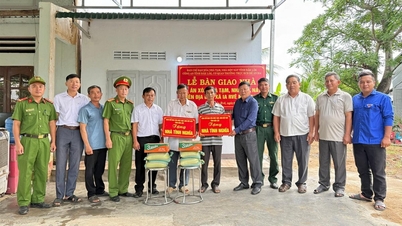
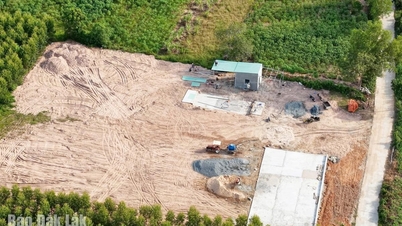
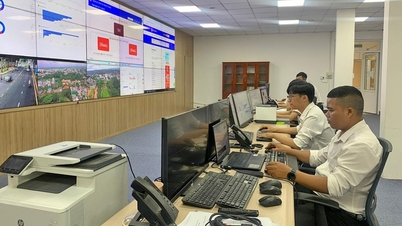
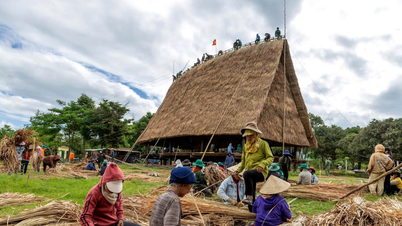

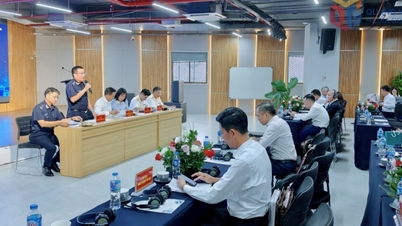















Comment (0)